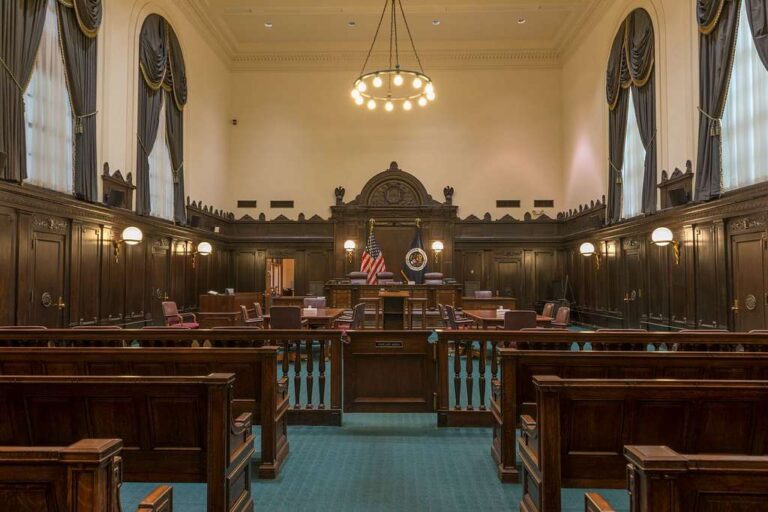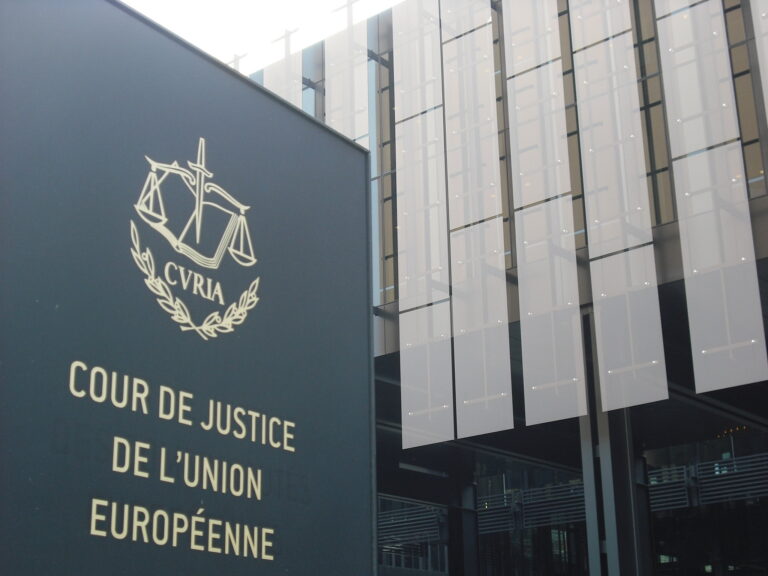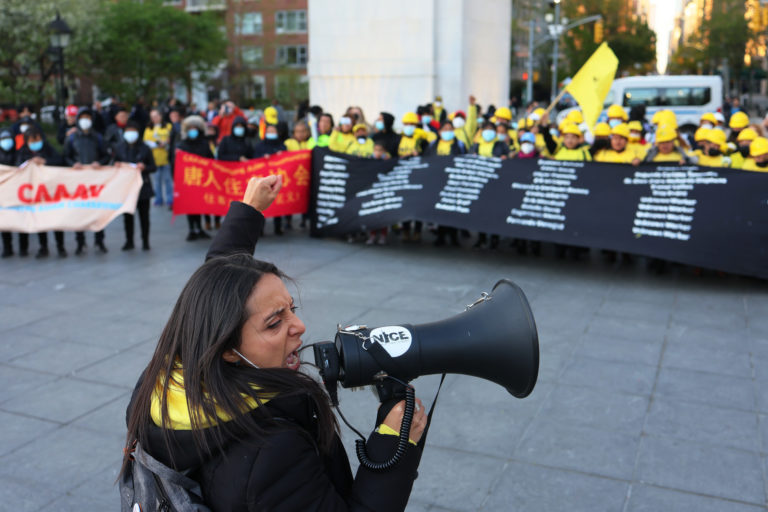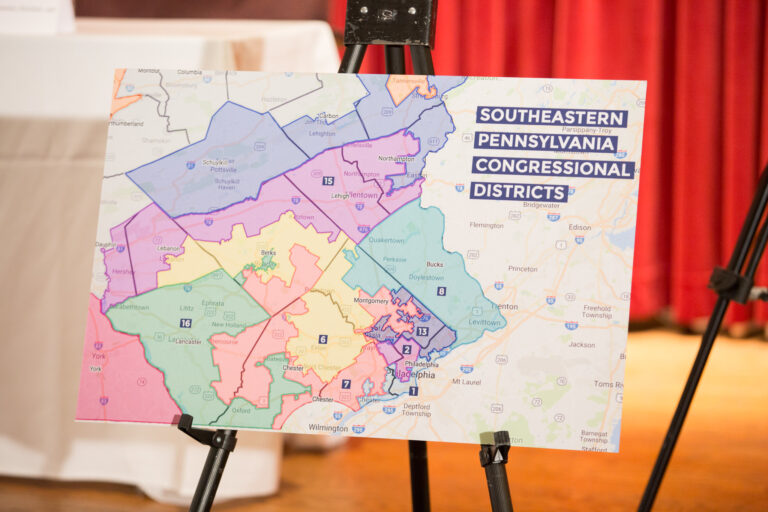
Andrew Strom is a union lawyer based in New York City. He is also an adjunct professor at Brooklyn Law School.
There has been a lot of anticipation that President Biden’s appointees to the National Labor Relations Board will reverse the decisions of the Trump Board that overruled opinions issued by the Obama Board. But labor law was still a disaster in dozens of large and small ways on January 20, 2017, and that’s unlikely to change over the next two years.
To take one example, consider the arbitrary rule that prevents unions from keeping track of which workers have voted during the course of a representation election. The NLRB first addressed this in 1951 in International Stamping. There, the company president’s son went through the plant with a list of eligible voters, called their names from the list, and checked each voter’s name as they went to vote. The Board set aside the election since this conduct violated an NLRB policy that prohibited anyone from keeping a list of persons who voted.
The decision does not explain why the NLRB maintained this policy, but the legislative history of the NLRA sheds some light on this. As Craig Becker explained in a 1993 law review article, one steelworker had testified before Congress that employers would run elections for company unions and “if you refused to vote they took down your check number and name and marked you as declining to vote.” Given this history, it made sense that the NLRB wanted to reassure workers that even if an election was taking place on the employer’s premises, the employer would not be allowed to signal to workers that it was running the election.
Shortly after the International Stamping decision, in Belk’s Department Store, the NLRB addressed a situation where two employees, who were standing near the store manager, had a payroll list and checked off the names of employees as they went to the polling place. While there was no finding that the two employees were acting at the direction of the employer, the Board’s decision noted the proximity of the store manager and other supervisors in concluding that the conduct of the two employees “tended to prevent a choice of representatives in a free atmosphere.” The Board further reaffirmed its policy “to prohibit anyone from keeping any list of persons who have voted.”
In a 1967 case, Piggly-Wiggly, the list-keeping was done by union representatives, with no supervisors present. The election involved workers at two supermarkets, and the union representatives stationed themselves outside the entrance to each store, checking off workers’ names on a list as they entered the store to vote. The workers voted for union representation, but the Board set aside the election, citing its policy against list-keeping. There was no discussion of the rationale for the policy, or whether it made sense to apply the policy equally to unions and employers. In a subsequent case, Masonic Homes of California, the Board set aside an election based on a finding that the union’s observers had kept a list of voters’ names and made marks on that list. The Administrative Law Judge explained that keeping lists of voters is improper “if employee voters know, or reasonably can infer, that their names are being recorded.”
It wasn’t until 1992, in Days Inn Management Co., that the Board offered an explanation for the list-keeping rule. In that case, a supervisor stood inside the entrance to the hotel lobby with a list of workers, and as each worker arrived in the lobby, he met them, took their names, and openly crossed them off the list. In addition to referencing the previous list-keeping cases, the Board found that workers could assume from this conduct that “their organizing activity had been placed under surveillance” by the employer. The NLRB has long held that an employer commits an unfair labor practice when it engages in surveillance of employees’ union activity, or even when an employer creates the impression that it is engaging in such surveillance. By contrast, of course a union will know which workers attended a union meeting. Likewise, an employer may not ask workers if they have signed union authorization cards, but, of course, unions are allowed to keep track of that information.
One reason for this asymmetry is that even if workers vote for union representation, the employer retains all of its power to fire, discipline, reward, promote, assign, and transfer workers. But if workers vote against union representation, the union has no power whatsoever over the workers. At times, the Board has acknowledged that this power differential justifies treating unions and employers differently. For instance, it’s illegal for an employer to threaten workers that they will be fired if they vote for union representation. But when employers have alleged that the union threatened workers that they would lose their jobs if they voted against union representation, the Board has refused to set aside votes in favor of unionization. As the Ninth Circuit has explained, “employees could be expected to conclude that the Company would not retaliate against those who aided its cause by voting against the Union.”
In a representation election, an employer isn’t supposed to be tracking “yes” and “no” votes, but a union is expected to know who its supporters are. There isn’t anything nefarious about a union attempting to turn out its supporters, including keeping track of who has voted already so that the union can target its efforts. So why does the Board stubbornly adhere to its rule against list-keeping? One reason is that the Board’s procedures deter unions from challenging the rule. In order to raise a challenge, a union would have to openly engage in list-keeping, inviting an employer to file objections. Even if a union was confident that the Board would rule in its favor, it would make no sense to invite litigation that would delay bargaining for years.
The same is true for so many terrible labor law doctrines. While some Board doctrines have ping-ponged back and forth in recent years, many have remained unchallenged because unions often can’t afford to leave workers in limbo for five years while they wait to establish a new legal principle. I understand that rulemaking is no panacea — it can be time-consuming and very resource intensive. But if the Board does not engage in more rulemaking on substantive issues, much bad Board case law will likely last forever.










Daily News & Commentary
Start your day with our roundup of the latest labor developments. See all
December 21
Argentine unions march against labor law reform; WNBA players vote to authorize a strike; and the NLRB prepares to clear its backlog.
December 19
Labor law professors file an amici curiae and the NLRB regains quorum.
December 18
New Jersey adopts disparate impact rules; Teamsters oppose railroad merger; court pauses more shutdown layoffs.
December 17
The TSA suspends a labor union representing 47,000 officers for a second time; the Trump administration seeks to recruit over 1,000 artificial intelligence experts to the federal workforce; and the New York Times reports on the tumultuous changes that U.S. labor relations has seen over the past year.
December 16
Second Circuit affirms dismissal of former collegiate athletes’ antitrust suit; UPS will invest $120 million in truck-unloading robots; Sharon Block argues there are reasons for optimism about labor’s future.
December 15
Advocating a private right of action for the NLRA, 11th Circuit criticizes McDonnell Douglas, Congress considers amending WARN Act.